What is the Best Wood for Fences? 5 Different Types (With Pictures)
-
Pete Ortiz
- Last updated:
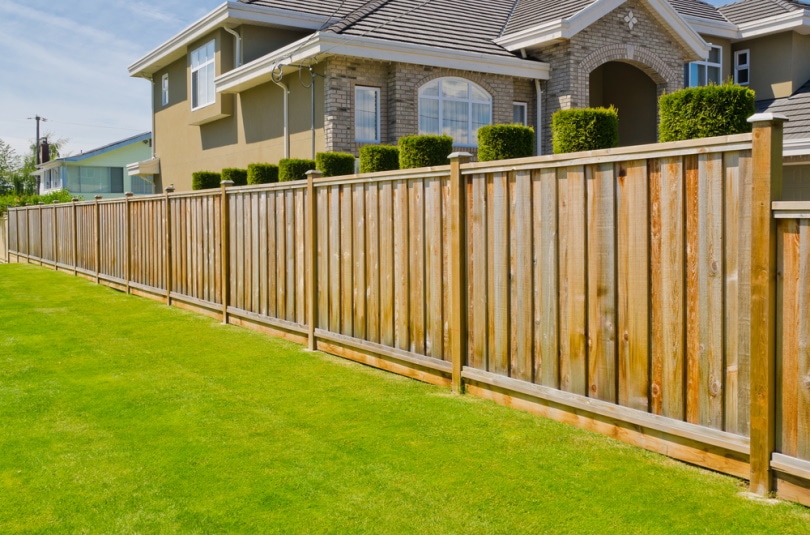
Adding a fence is a necessity when you own a home. The fence is there to make the property beautiful while also maintaining your privacy and security. But you first need to figure out the ideal wood to use on the fence.
Among the best wood for building a fence is redwood. Not only is it durable, but it is also resistant to wood rot and insects. However, because of its scarcity and high cost, consider using cypress, cedar, pine, or Douglas fir.
In this article, you can explore these types of fencing wood. Also, consider a few key factors addressed in this article before placing an order on fencing wood.
The 5 Best Types of Woods for Fencing
1. Redwood
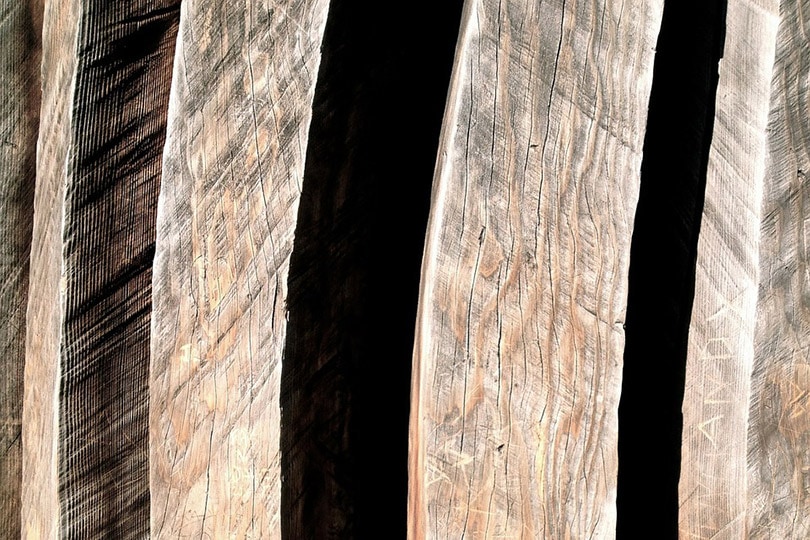
Redwood is among the most popular and efficient wood that works on fences across the country.
Redwood owes its thriving popularity to its high percentage in terms of durability and weather resistance. Also, unlike other types of wood, redwood isn’t susceptible to insect attacks.
On top of that, you notice that the redwood is unique in its appearance. It improves the aesthetics of the property. However, this unique look does come at a cost. The redwood is expensive, and you will need a bigger budget to use this wood on an entire fence.
In terms of origin, redwood is native to the Sierra Nevada Mountains. It also grows in the Northern California coast. In Asia, the redwood trees grow in a small section of China. In their natural habitat, redwoods are massive and imposing trees.
In fact, these are the tallest trees worldwide and a favorite for loggers. Wood from the redwood trees has many uses, which has led to excessive harvesting. This explains why it is featured on the endangered list.
2. Cypress
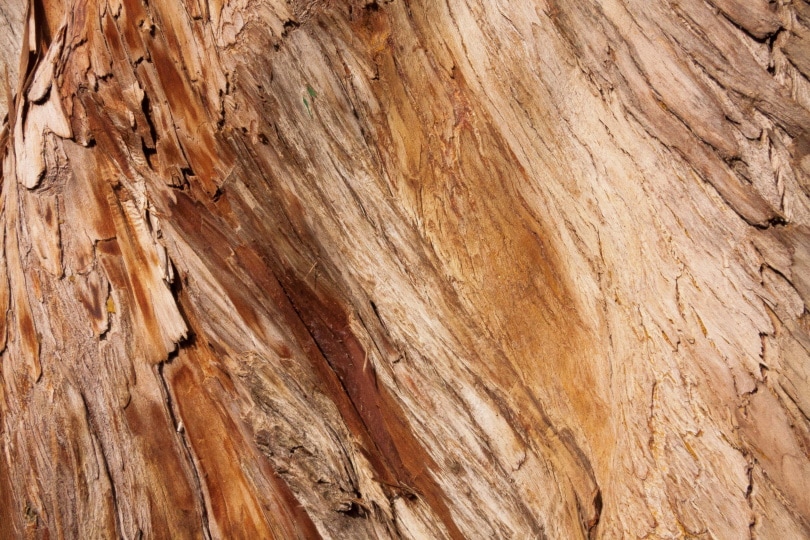
Another excellent wood for fences is cypress. The wood is popular since it’s not prone to rot, a factor that can harm the quality of a fence. In addition, cypress is resistant to bug attacks because it contains cypretine, a natural chemical that repels bugs. This type of wood can build a durable fence, given its excellent structure.
Cypress does not need lots of maintenance. Besides, the wood emits a pleasant scent, not to mention the beauty of natural cypress wood.
One way of preserving this natural beauty is through wood staining. This works much better than using ordinary paint on your new fence. Begin by sanding to allow better absorption. Stain application can be done using a brush or a clean cloth while applying moderate pressure.
After staining, consider the color you want on the wood. If you leave it on longer, you get a darker shade on your cypress fence. When dry, you can sand the wood grain to lighten the look if you so desire.
Cypress trees originate in the Mediterranean Region, North America, and Asia. Depending on where you’re located in the country, prices may vary. This is due to the added cost of transporting the wood from where it’s harvested to your location.
3. Cedar
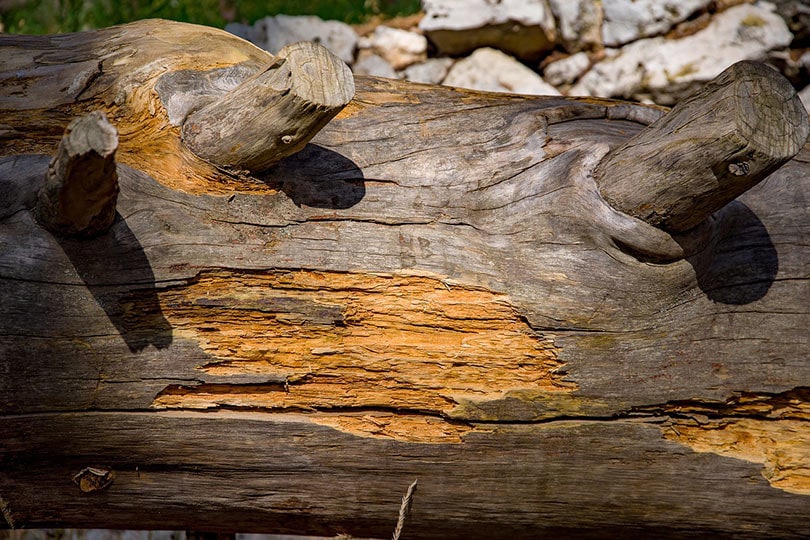
If on a moderate budget, consider using cedar for fencing. The wood is of great quality for fencing and other building projects around the house, given its sturdiness. It repels insects since it excretes natural oils that bugs don’t find appealing. It is also rot-resistant.
On top of that, you’ll enjoy lots of compliments since the wood has an appealing natural look. However, if you wish to switch things up, you can stain cedar fences instead of applying paint. Being outside for a long time makes the wood turn gray, but with staining, you can maintain the attractive look and improve its durability.
Washing the wood and sanding precedes applying stain on it. After the surface preparation, you won’t have to worry about the staining not working on the wood. Follow staining with a sealant that prevents moisture or other substances from affecting the stain on cedar.
4. Pine
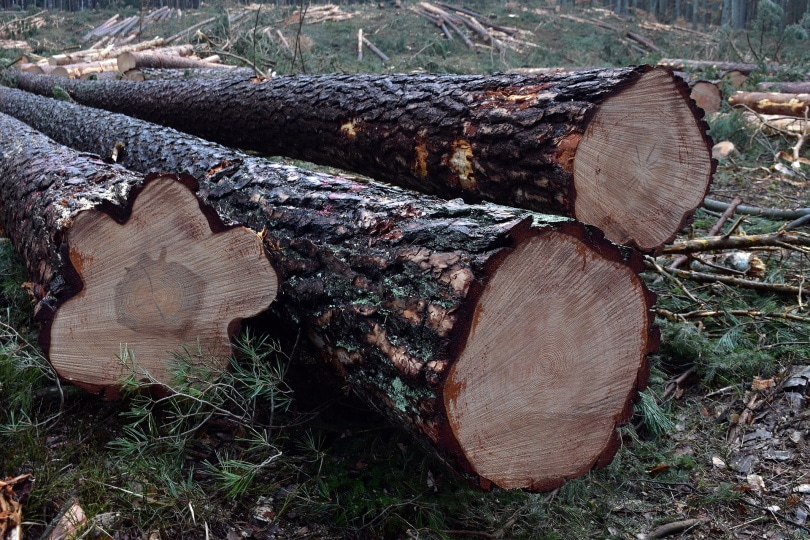
Pine trees are native to North America. It is perhaps the easiest type of wood to work with for projects like fencing. This is a type of softwood and won’t cost an arm and a leg to buy. While it’s not the best in terms of insect resistance, you won’t have to worry about a full-on invasion. Still, it might be better to apply some insect repellent to protect the wood when fencing.
However, always go for pressure-treated pine wood when you want to use it outdoors. This process involves forcing chemical gasses into the wood to make it durable.
Pressure-treated pine is resistant to moisture, insects, and any weather-related issues. Not only that, but you also won’t have to worry about wood rot on the fence. It’s the best to use when setting posts on the ground for fencing.
5. Douglas Fir
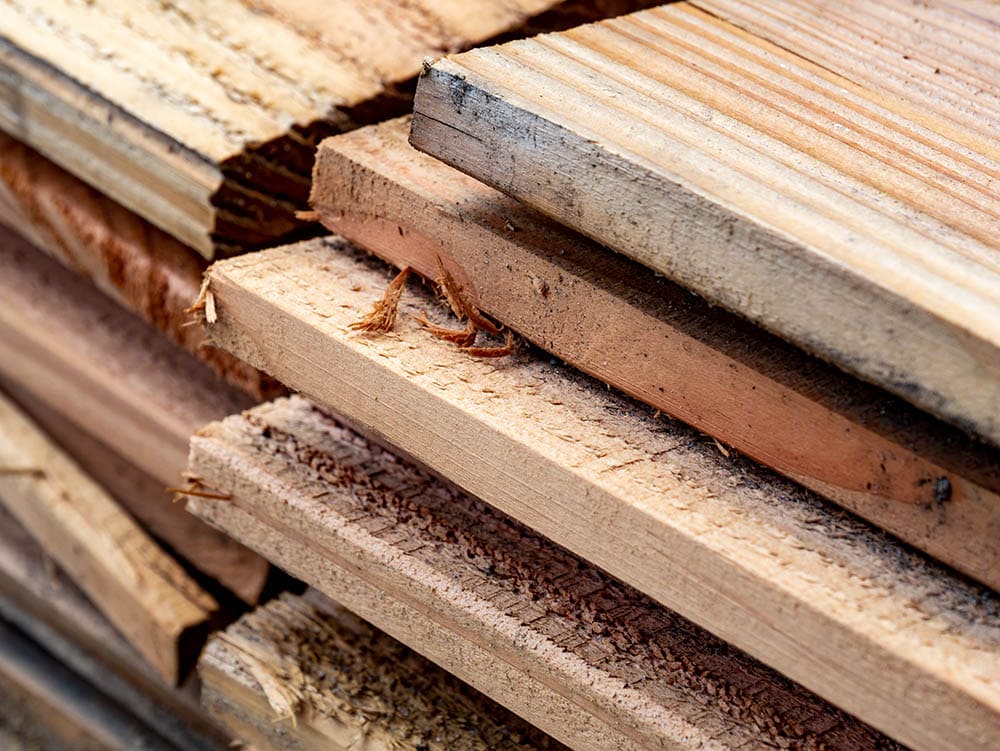
The superiority of the Douglas fir is noted in its rot and insect-resistance. This means you can enjoy a fence made using this type of wood for a long duration. Ideally, this wood makes a lasting fence that you won’t need to change unless you want to do so.
On top of that, the beauty of the Douglas fir is a sight to behold. You can use vertical grain Douglas fir to build a unique fence. The same type of wood was popular in building many colonial-era homes that still stand strong today.
The wood has few knots, which is why it’s dimensionally stable. When there’s moisture exposure, expansion and contraction are even. This means you won’t have to worry about buckling or warping.
In terms of rot resistance, Douglas fir stands superior as well. Even when you use it untreated, you can enjoy it for 15 years. However, for better durability, go for treated fencing wood. The fence will last up to 30 years or more.
Factors to Consider When Choosing Fencing Wood
Fencing wood can have a huge impact on your home. This is why it’s essential to take time and find the right type of wood. Consider the following factors before you place that order for fencing wood.
Area Regulations
In different areas, the local authorities may have regulations about fencing your property. They determine the type of wood to use, height and design of the fence. Find out more about this before you start fencing your home. Also, consult the HOA if you live in a community under HOA guidelines.
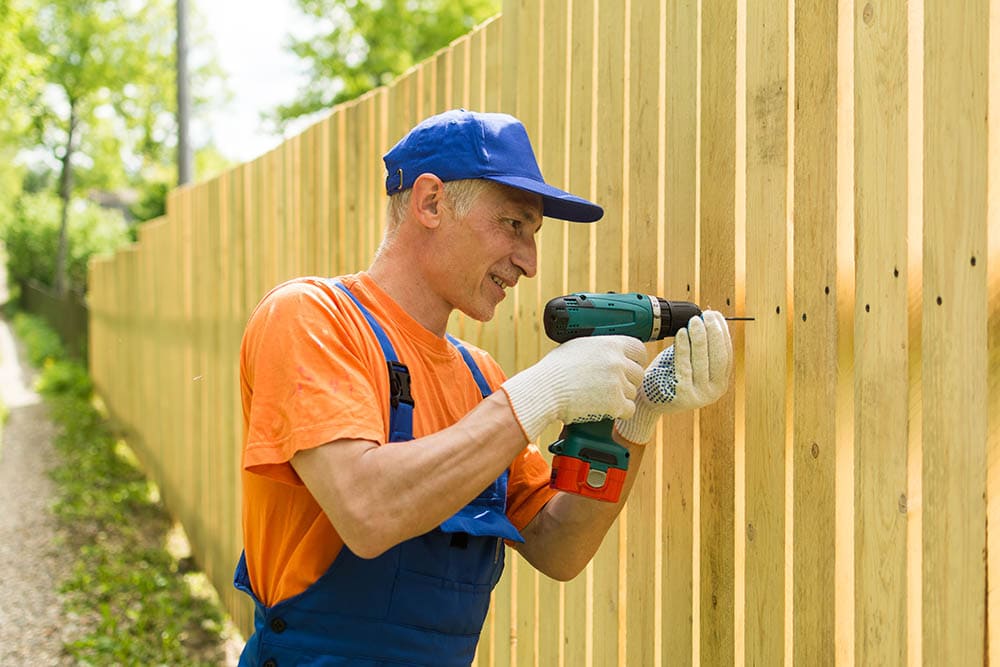
Purpose of the Fence
Before you think about the wood to buy, know the purpose of the fence. Is it for privacy or to add to the aesthetics of your home? This will determine the amount of money you can use on wood. Also, you can plan more about the height and design of the fence.
Cost of Wood
Have a budget at hand of how much you intend to spend on the fence. The type of wood you buy will depend on how much you’re willing to spend. Wood such as Douglas fir and redwood is the best but is quite costly. However, there are cheaper options like pressure-treated pine.
Do you intend to build the fence or hire someone for the job? If you build it, you can eliminate the cost of paying for labor. Also, think of maintenance. The type of wood you choose will determine if the fence you build is low maintenance or not.
Weather Conditions
The weather conditions where you live matter when you want to do some urgent fencing. If the area is humid all year, you need moisture-resistant wood. Also, that wood needs to be more resistant to wood rot and rust, which are normal in humid areas.

Other Types of Fencing Materials
Apart from wood, there are some other materials you can use to build a lasting fence. These materials include:
- Vinyl
- Composite (plastic and wood fibers)
- Metal
- PVC
- Natural stone
Conclusion
Wood is an excellent material that you can use to build a long-lasting and durable fence. The best types of wood like redwood, cypress, cedar, and Douglas fir are resistant to insects and rot. In addition, these woods have a natural beauty that makes the property look great. But they don’t come cheap. A more budget-friendly option is pine but opt for the pressure-treated kind.
Featured Image Credit: romakoma, Shutterstock
Contents


